Here are some more of our favourite images recently submitted by HCTF project leaders along with their reports (click here for Part One of the gallery).
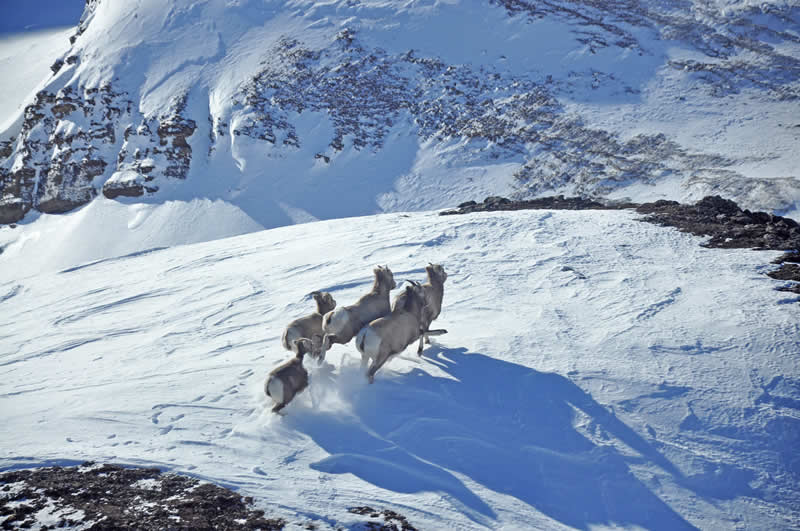
Surveys in the Mountains
A group of bighorns from the most northerly herd in North America are photographed from a helicopter as part of project 7-400, which is collaring and tracking the movements of these animals near Tumbler Ridge, BC. Photo: Mike Russel
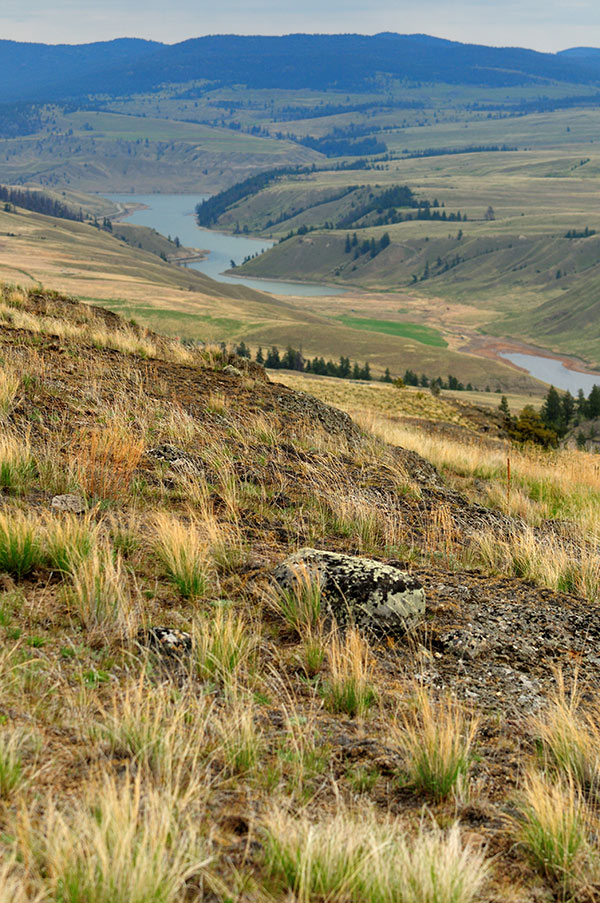
Protecting Native Grasslands
In October, HCTF joined the Nature Conservancy of Canada (NCC) on site at Napier Lake Ranch to celebrate the acquisition of this Nicola Valley property. HCTF contributed to the purchase of these lands through our acquisition granting program. Photo: Rick Howie
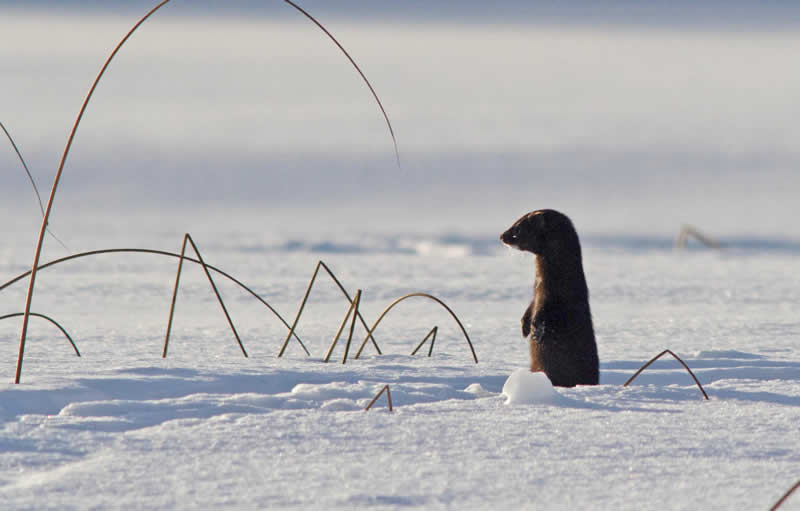
Mustelid Hide and Seek
A mink pops up from under the snow in the central interior of British Columbia. Project 7-379, North American Mink Population Densities, Habitat Selection & Diet in Central BC, assessed this mammal’s habitat selection, home range, movements and diet, constituting the first detailed work on mink in the interior of BC.
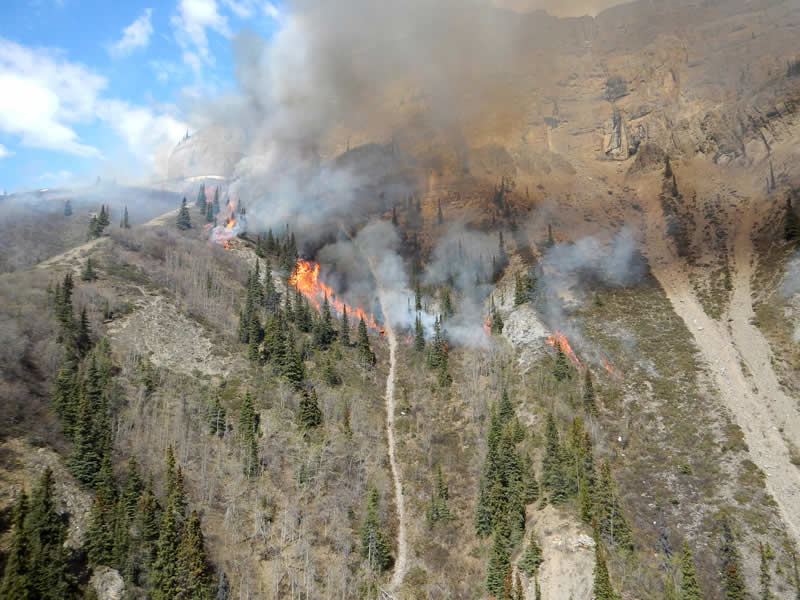
Renewal through Fire
The Frog block burn (shown above) was conducted as part of project 7-12, the Peace Liard Burns, to renew forage for elk, moose, Stone’s sheep and mountain goats. The photo below shows Sulphur Creek after burn treatment (also conducted as part of project 7-12).
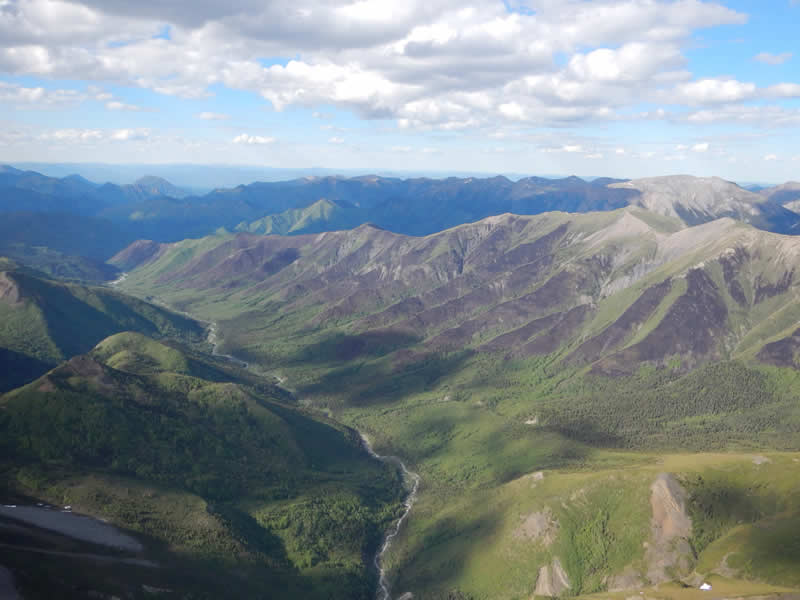
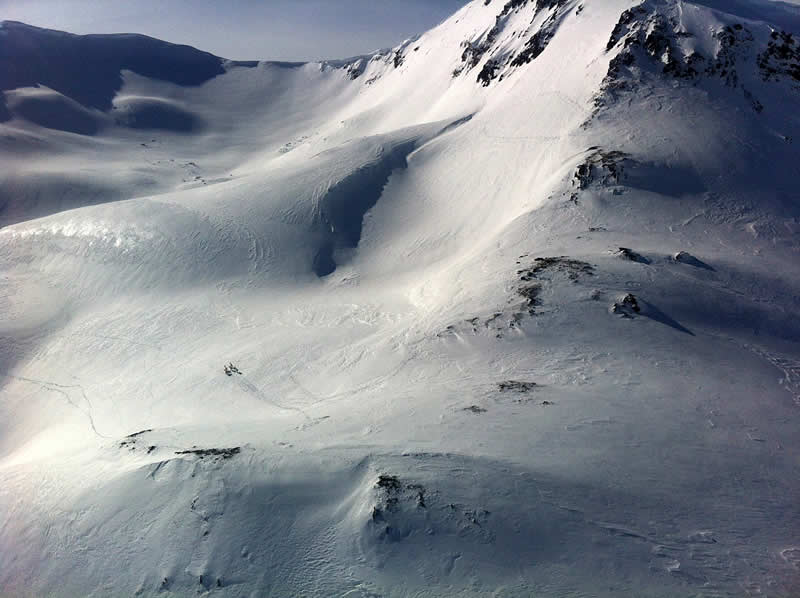
Collaring Caribou
Above: Minuscule against the mountain backdrop, members of the Telkwa caribou herd are photographed from a helicopter near Smithers, BC. The Telkwa herd is in serious decline, and biologists working on project 6-236 used GPS collars (such as the one on the caribou bull below) to better understand the reasons behind their dwindling numbers.
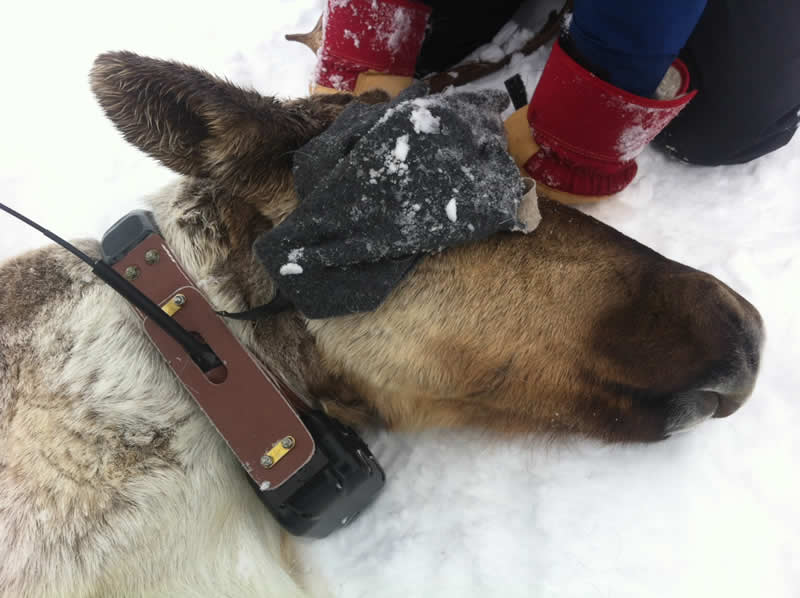

Planting Pine in Decline
Volunteers plant locally-grown, whitebark pine seedlings at the Nanika Falls wildfire site in Nenikekh/Nanika-Kidprice Provincial Park as part of project 6-227, Restoring Whitebark Pine Ecosystems to Enhance Subalpine Grizzly Bear Habitat. Whitebark pine (Pinus albicaulis) are an important source of food for grizzly bears, black bears and other subalpine wildlife species on the leeward slopes of the central BC Coast Range to as far north as Smithers, BC. Unfortunately, whitebark pine is in rapid decline due to combined effects of mountain pine beetle, the introduced disease white pine blister rust, fire suppression practices and climate change and was listed as endangered under Canada’s Species at Risk Act in 2012. The Bulkley Valley Research Centre has studied the ecology of this species in west central BC since 2007 and in 2011 began a collaborative restoration program with a variety of partners to plant blister-rust resistant seedlings in areas of high value bear habitat.
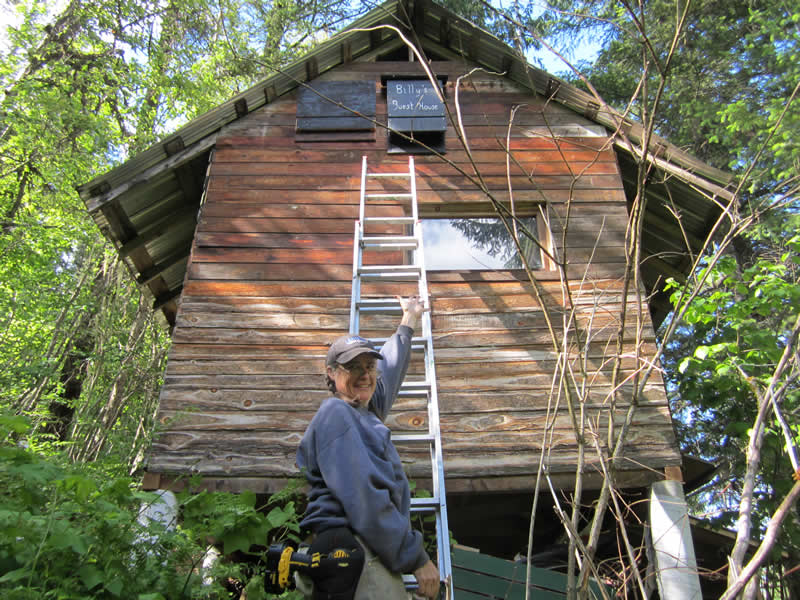
Building Bat Homes
Marlene Herbert finishes installation of a bat box as part of PCAF project #810, the Kootenay Community Bat Project. Half the bat species in BC are red- or blue-listed and an additional species, the little brown myotis, has recently been assessed as Endangered in Canada. With the spread of White Nose Syndrome (WNS), an invasive fungus that has caused the death of approximately 6 million bats since it was first detected in 2006, enhancing bat habitat and monitoring bat populations is critical. This project engages stewardship groups and residents of the Kootenays by providing funds for bat-house materials. In return, citizens will build, install and monitor at least two bat-houses on their property in order to test bat-house designs and effective locations, and to gain information on bat population trends.
Thanks again to our project leaders for sharing these images with us. If you’ve got additional project photos or videos you’d like to share, please contact Shannon West.






